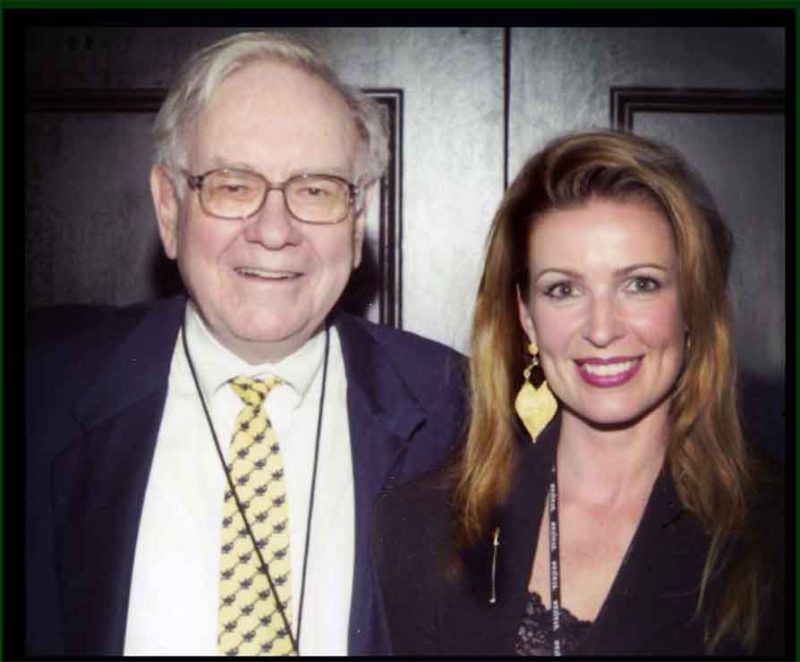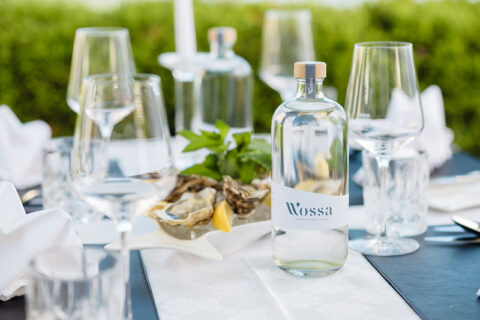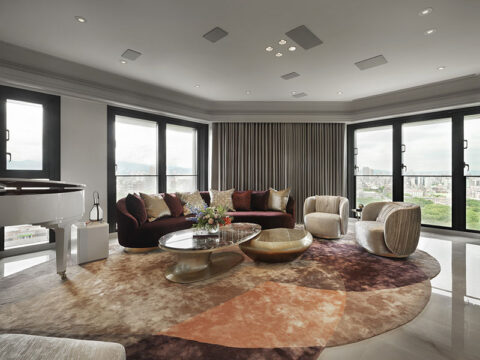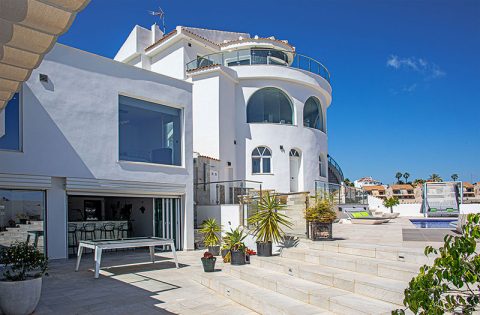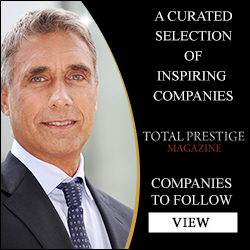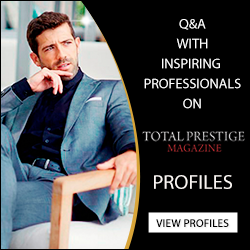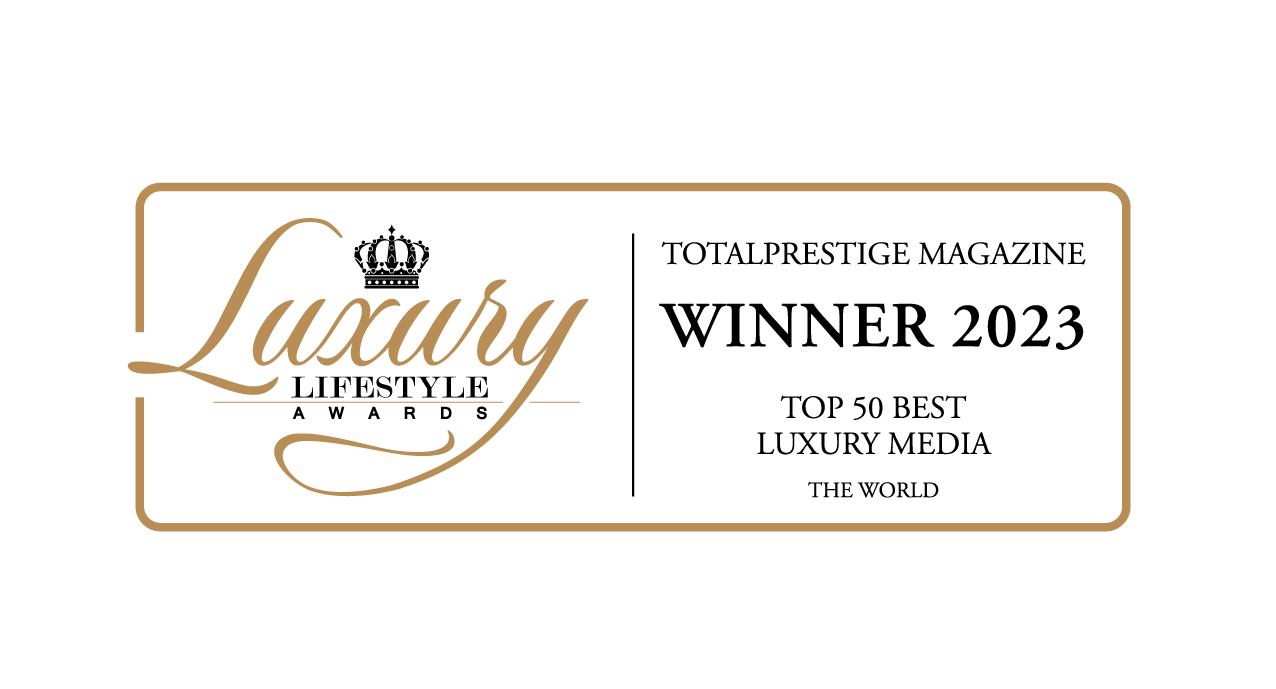When I write articles about the luxury sector, there is always someone that makes a statement that whatever was covered was not a luxury “to them”. Some people say it is a luxury to have a roof over their head, or food, or medical care and I would argue that these are necessities, not luxuries. As an international luxury marketing expert for elite brands that need to reach the global wealthiest demographic due to the price point of their product or service, I get asked all the time to define Luxury. Most people don’t know that luxury is professionally defined business term, it is not left up to each individual’s preferences. Although too extensive to handle in its entirety here, it boils down to: Luxury industry products and services are not mass produced, not mass distributed and they are not price sensitive and they usually are not trendy. When pushed to add my personal and professional take on top of the industry definition, I say luxury is the best of any art form, and like any art, luxury is defined by its ability to evoke an emotion – like any great masterpiece, quality is inherent. Luxury comes in every category. It is something that separates itself from the others by uniqueness and creating pleasure. Not all luxuries have an expensive price tag, but often the rareness, the increased time to produce and the more expensive components do drive price. The fastest growing luxury segment is the one that supplies an emotional component, experiencing life to its fullest. Luxury supplies a very special opportunity to experience something new. It is often educational and can be shared with friends and loved ones. The Robin Leech 80s excessive decadence, disrespectful wastefulness of resources, and gaudy gluttony is gone. It is now an enlightened approach to living. It is about creating last memories. Don’t just exist… Live! Luxury is what we do above mere survival; it is the art of living well. Luxury is beauty experienced by the senses, a beautiful smell, sound, taste, touch, look.
Often journalist say that it seems the definition of luxury has changed, but it has not. What they are experiencing is the misuse of the word luxury. That is often seen in advertisements for mass market and premium brands. Premium is the best of the mass market. Examples of premium brands is Nike, iPhone, Gray Goose Vodka. Other examples of professionally defined terms that have been slaughtered by the mass market advertisers is Haute and Bespoke. The UHNW demographic, just like any other group, has predictable actions and responses, it is just different than that of the mass market. Tossing the word “luxury” in your verbiage and showing pretty pictures is not going to fool the UHNW demographic. Luxury marketing is very different than that of premium brands and other mass market products. The number one cause of failure by new brands in the luxury sector, is the use of mass marketing techniques. Be wary of professionals that claim to be luxury specialists, but then proceed talk about premium brands. The luxury industry actually has its own luxury industry MBA, an MLBA, because it is so vastly different than the mass market.
Luxury market is divided into two groups, the Aspirational and the UHNW (Ultra High Net Worth). The cosmetic, fashion, spa, skin care, etc., industry depends on the first category for up to 80% of their sales. The private jet companies, superyachts, wealth management, have only UHNW. The second group is not as affected by downturns in the economy. The truly rich are rich even after losing half their net worth; If you are worth a few Billion and loose half of it…you are not skipping any meals. The less a company must rely on aspirationals, the more insulated they are from the economic swings.
The higher up on the wealth scale, the more “time” is worth. For example, if it took a person 1 hour to clip coupons that save them $30 at the store, than that hour was only economically well spent if they make $30 or less an hour at their work. A person that makes $100,000 annually, their hour is worth much less in dollar terms, than Warren Buffett or Bill Gates who makes more in an hour than they make in a year. There are two aspects of time: Quantity and Quality. To successfully market to the UHNW demographic, one must address TIME not COSTS. Most customer services address saving the client time and insuring what time spent is done so under the best quality. The reason that most marketers are so ineffective at reaching this demographic is that they simply cannot pull themselves out of their own middle class prejudices and limited understanding of how the upper 1% lives. I see many luxury start up fail because that don’t have luxury marketing specialists. The fastest way to ruin a luxury brand is applying mass marketing strategy.
In the air travel world, the top of the pyramid is owning a whole private jet, next would be fractional ownership (1/16 is the smallest amount legal), The entry point for this starts with smaller planes and smaller fractions for people with a liquid net worth starting around $50 million. The next step down would be the card holders that buy private air time by the hours. This group entry to this market starts at around $10 million liquid assets, not including homes and other non-liquid assets. Under that there is charter where quality of equipment and skill of pilots is less controlled , next is commercial First/Business Class and then Coach on commercial flights. The farther down on that chart you go the more they will be affected by the economy as a whole. The higher up, the more autonomous they are, and even if having lost one-half their net worth….they are still incredibly rich. The very rich are also usually more internationally divested and so they take less of a punch. It is a paper loss to them until the economy turns around. Also economic downturns have proven to be an opportunity when the UHNW are able to ultimately increase their fortunes. So when the reporter states that the Luxury Market does not feel the swings of the rest of the economy, it depends on if they are luxury brands that rely on aspirational consumers.
Most media sources reach aspirationals; those that can sample the lifestyle, but not really live it. They can buy a purse or a tie, take a ski trip once a year and sample several of the lower priced luxuries and premium brands like a blue chip brand vodka. They could be members of a local country club, and mom and dad both have a BMW sedan. They can splurge on a $800 bottle of wine for their anniversary, but not drink one every night. Fragrances, cosmetics, skin care, fashion, sun glasses, lower level jewelry, ski coats and boots, surf boards and other sports paraphernalia are perfect examples of lower priced luxuries. These lower level luxury are very well covered in the media …the middle, upper middle class and lower upper demographics are the easiest to reach. The UHNW are the hardest to reach. They have the lowest response to advertisements and PR in general, as they know that their standards and expectations usually exceed most. They must be reached peer to peer, or by a trusted and recognized influencer in their demographic. The uber riche have the unique opportunity to experience everything at the best level (not pick and choose what they can afford) and saving time has even a larger economic incentive. These people are always being solicited and so they often avoid contact with individuals that they do not already have a relationship with…including sales people. Reaching them is harder because they have maids, personal shoppers, butlers, assistants, business managers, that insolate them. It takes more than just pretty pictures to reach the wealthiest demographic. It takes bringing them information that is relative to them by someone that they trust. Marketing is much more expensive in the luxury sector, and budgets can be 3 to 7 times that of a mass market brand. This is one of the bigger barriers to entry for new luxury companies.
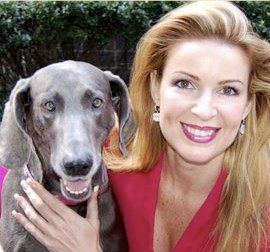
Lorre is a luxury marketing consultant for companies that need to reach the Ultra High Net Worth, who also makes appearances on TV, radio and the Web as the only International Luxury Media Personality “The Luxury Guru”.

